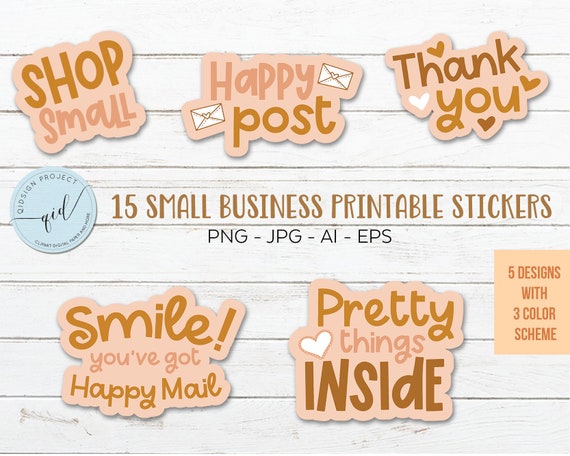

You must have a formula, a plan, that when applied to your specific art business with the discipline of an athlete in training –organized, finely tuned, and flawlessly executed every day which will reward you with steady growth of new clients. This is where the `rhythm` of an artist in business comes in. When you look up and say ‘Why?’ you need only to review your purpose – your reason for being in business and you can keep serving others. Why do you own an artist small business? You must have this clearly defined so that you can communicate it to others when the passion is running high and yet follow it diligently when the passion seems drained. But as you look back, doesn’t it seem like you peaked? You’ve been busy and now you’re out of steam? Where did all the art business go anyway? You may have even done brilliant things like Tony Rockliff did. At first you talked to everyone you knew about what you did. The passion you had in the beginning was motivational. There are a lot of important things that you accomplish with the passion you first started your art business with. 2.Remember when you first put your artist marketing plan together? Remember when you received your first box of artist business cards with your name and your company logo on it the tingle of excitement when you handed your beautiful artist cards out to friends and relatives, proudly announcing that you were now a `business owner`? This survey will help you identify your current storage and management needs and will improve your recordkeeping skills in future. The foundation of such plan is built by conducting a kind of records inventory which tells you the quantity of records, what is your existing records situation, how often certain records are referenced, how many of your records are active, etc. Without a solid records management plan you can easily get in troubles with abundance of records which number tends to increase.

What are the records storage needs of your office? How the records management software will be used? How much your organization can spend on acquiring and maintaining the system? All these questions will help you evaluate, select, and buy the correct software which will correspond to the size and complexity of your business.
#Artist small business software free download how to
How to Choose Records Management Software

The system follows the lifecycle of all digital records and applies complete lifecycle management to information assets, regardless of size, in order to govern their storage, retrieval, and distribution with possibility to generate reports and show where records are in their life cycle. Records management software is designed to centrally manage both active and archival records to achieve efficient, transparent and accountable governance of corporate data. It ensures the proper inception, maintenance, use and disposal of records. Records management is a process that goes through the whole lifecycle of the records, from creation to destruction. For example, archiving policy regulates how long the records stay in active state, while destruction policy how long records are retained before they are destroyed. Developing this strategy is a must-have for any organization that wants to enforce a consistent records management program in line with its internal policies such as archiving, destruction, etc. Policies and procedures for the centralized control of records are rarely used by many offices, which usually have no records management strategy at all.


 0 kommentar(er)
0 kommentar(er)
